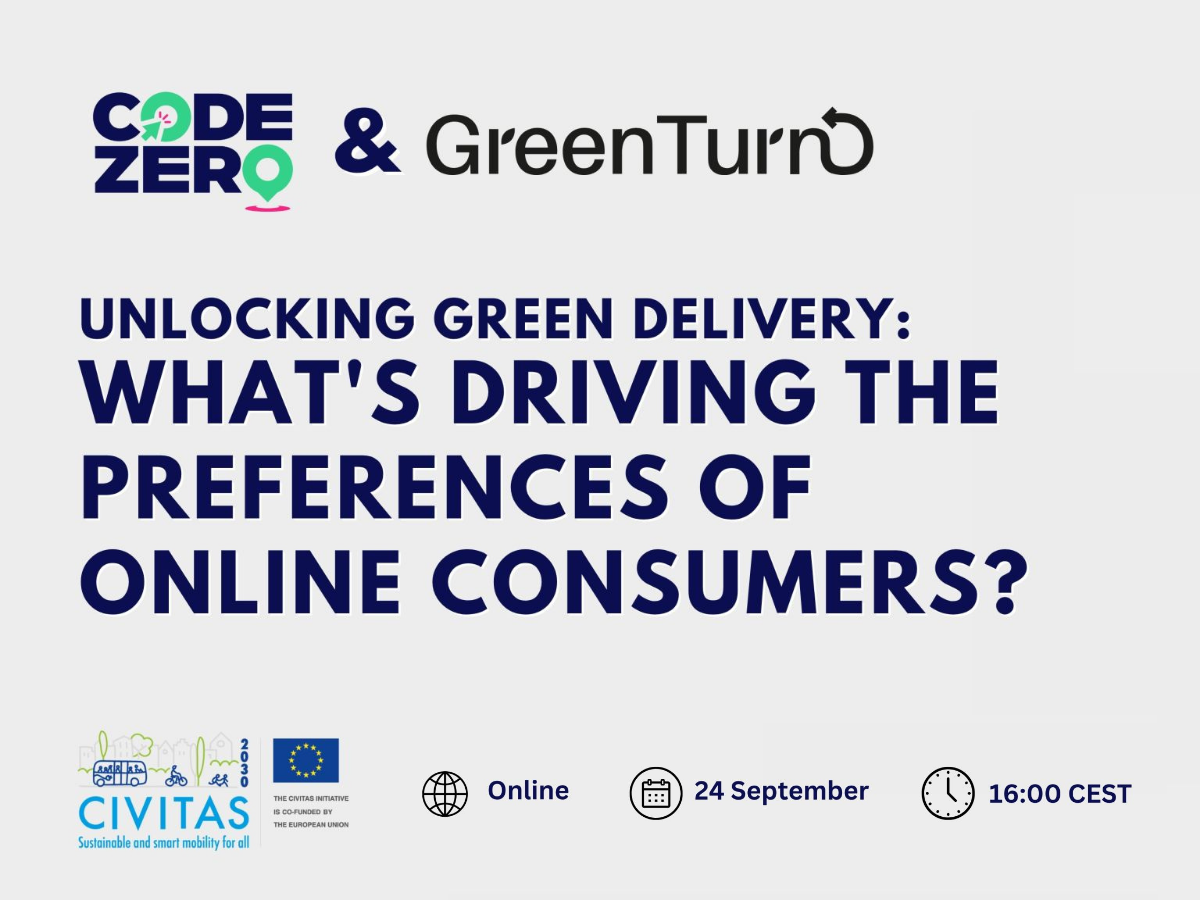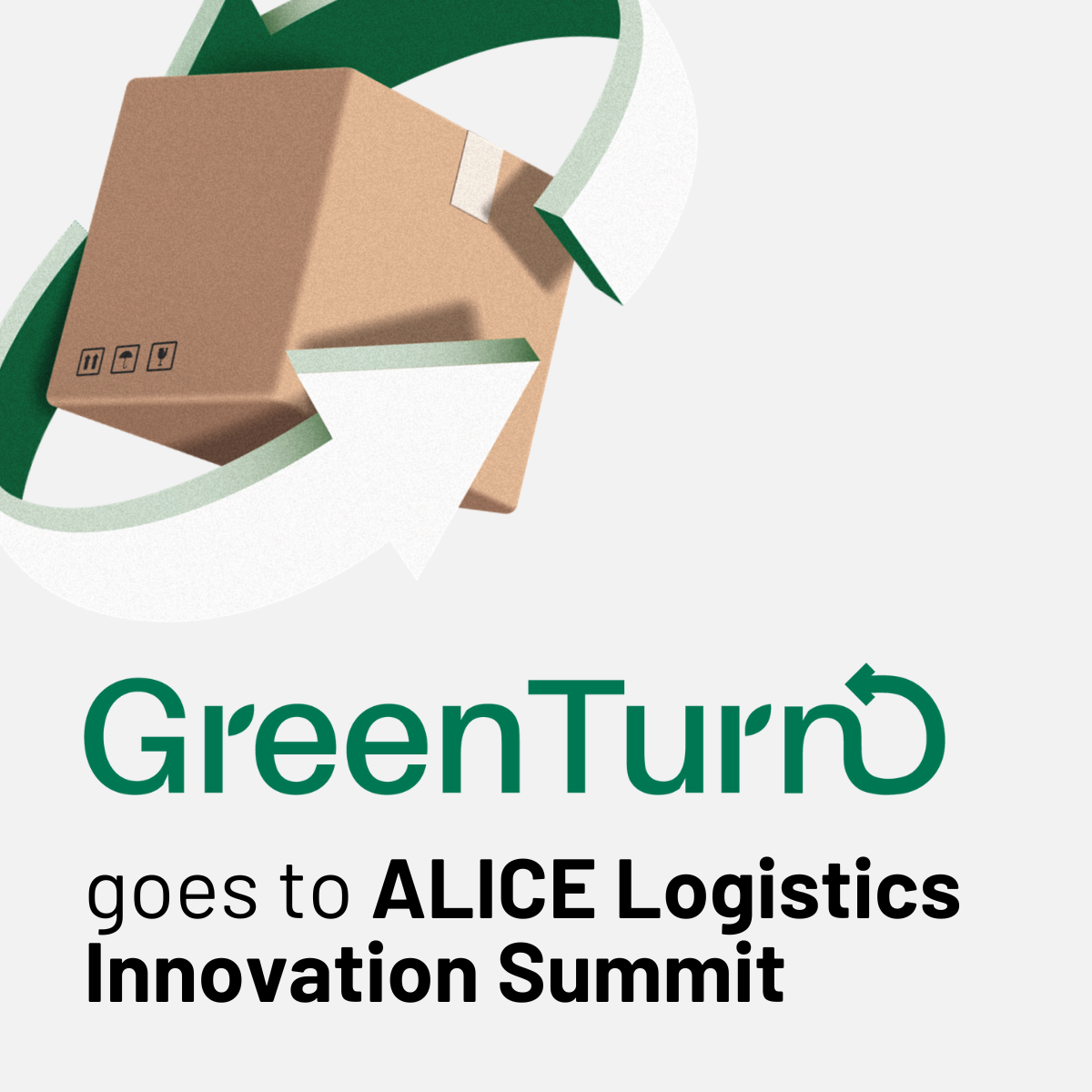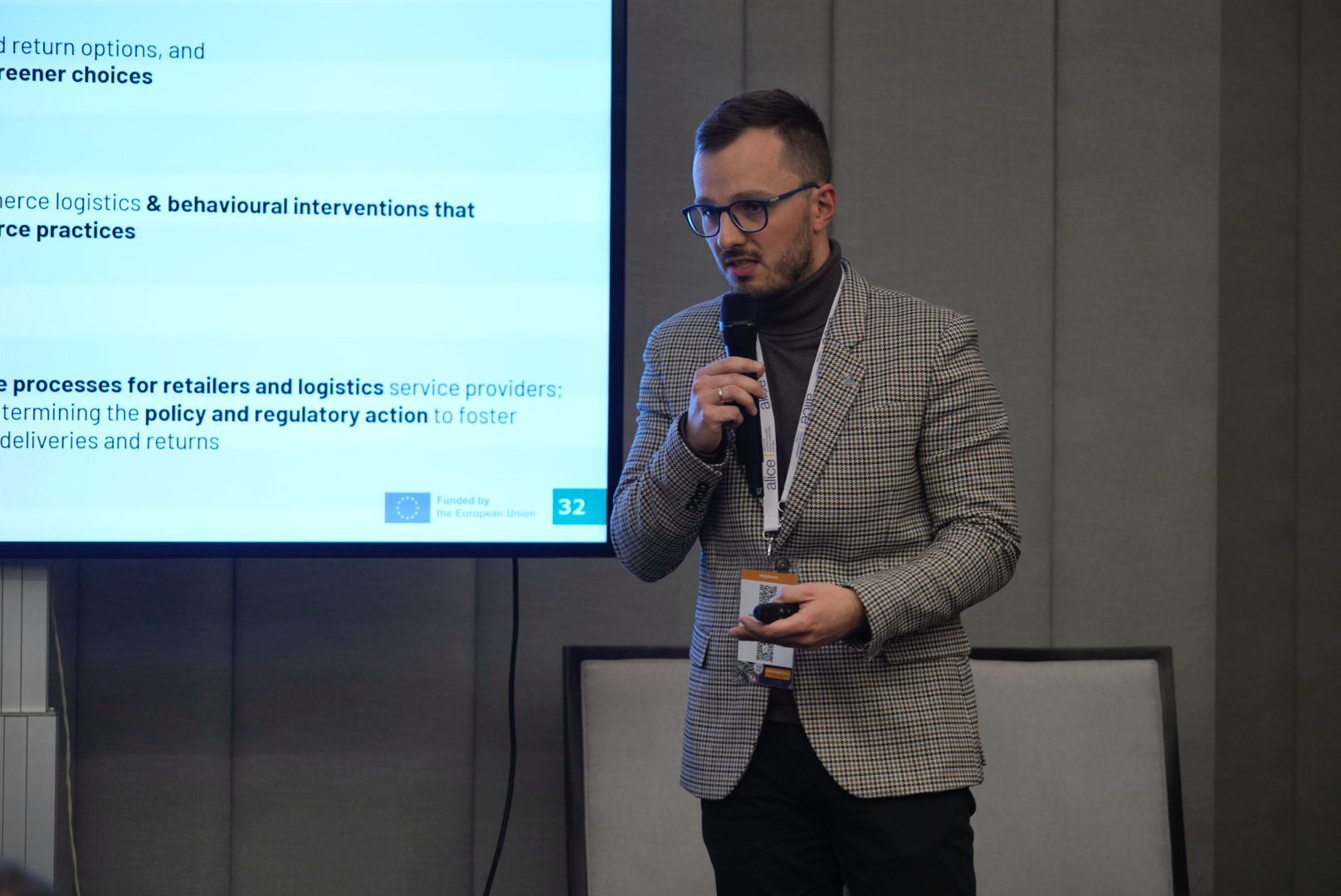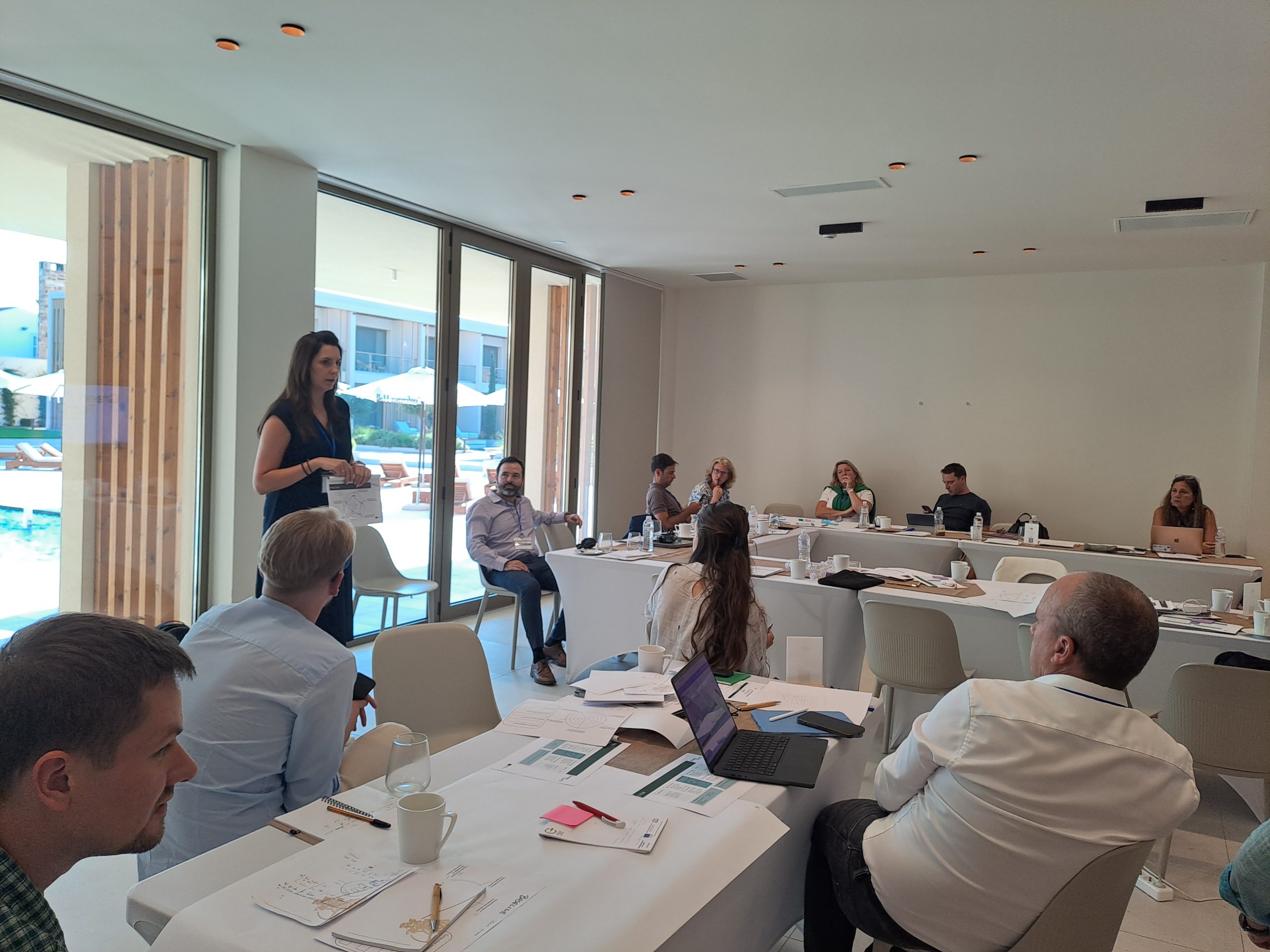
The rapid growth of e-commerce means that more and more parcels are delivered every day to customers across cities and regions. This trend comes with serious challenges: increasing congestion, higher emissions, and greater pressure on transport systems. Against this backdrop, the question becomes how to encourage shoppers to choose delivery options that are more sustainable.
What really matters to consumers?
Research carried out within the CodeZERO and GreenTurn projects shows that price remains the decisive factor. Even a small difference in cost can determine the final choice. Right after price, the perceived responsibility of the delivery operator plays an important role — many customers pay attention to whether a courier company acts ethically and in an environmentally conscious way. Convenience, especially home delivery, also matters, while speed and extra features such as parcel tracking turn out to be less influential than often assumed.
Different consumer groups
The findings reveal several distinct customer profiles. Some focus almost exclusively on price, always choosing the cheapest option regardless of its environmental impact. Others prioritise comfort and consistently prefer doorstep delivery. A third group tries to strike a balance between cost, convenience, and delivery time. Finally, around a quarter of respondents make conscious decisions in favour of greener delivery options, even if this means paying more or waiting longer.
Communicating “green delivery”
GreenTurn’s research highlights that simply offering an eco-friendly option is not enough — the way it is presented makes a big difference. Messages that point to clear, tangible benefits, such as improved air quality in the customer’s city or fewer vehicles on local streets, are the most effective. Concrete and locally grounded narratives resonate far more strongly than abstract statistics about percentage reductions in CO₂ emissions. In practice, however, many online retailers still avoid promoting sustainable delivery options directly, either due to fear of greenwashing accusations or because of technical barriers in their logistics systems.
The way forward
Both CodeZERO and GreenTurn findings underline that green delivery will only become a realistic alternative if it is competitively priced and clearly communicated at the checkout stage. Cities and public authorities can play a vital role by investing in infrastructure that supports sustainable logistics and by creating transparent rules for communicating eco-friendly options. With these enablers in place, consumers will be better equipped to make choices that not only meet their needs but also contribute to broader climate goals.
Other events

24 September
Webinar: Unlocking Green Delivery: What’s Driving the Preferences of Online Consumers?
Online

6 November
ALICE Logistics Innovation Summit
Tangla Hotel (Brussels)

9 October
What really matters in e-commerce deliveries?
Online

